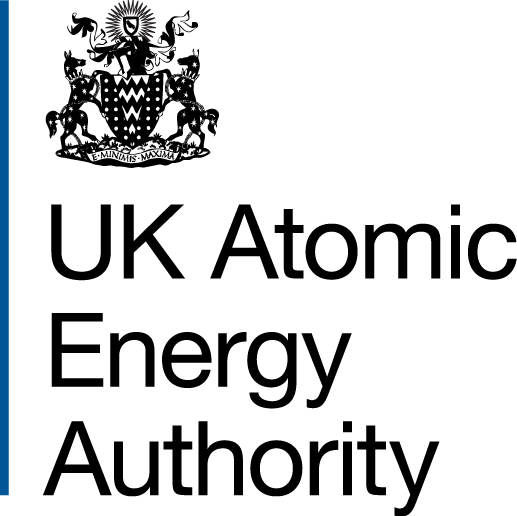PROCESS

PROCESS is a systems code at CCFE that calculates in a self-consistent manner the parameters of a fusion power plant with a specified performance, ensuring that its operating limits are not violated, and with the option to optimise to a given function of these parameters.
Rationale
During the course of studies into a proposed fusion power plant there may be times when questions of the following type arise:
- Are the machine’s physics and engineering parameters consistent with one another?
- Which machine of a given size and shape produces the cheapest electricity?
- What is the effect of increasing the limit of the maximum plasma density on the amount of auxiliary power required?
Questions such as these are extremely difficult to answer, since the large number of parameters involved in designing a fusion power plant are highly dependent on one another. Fortunately, computer programs have been written to address these issues, and PROCESS is one of them.
Suppose that a power plant design calls for a machine with a given size and shape, which will produce a certain net electric power. There may be a vast number of different conceptual machines that satisfy the problem as stated so far. PROCESS contains a large number of constraints to prevent the code from finding a machine with such problems and running the code forces these constraints to be met. The number of possible conceptual machines is thus considerably reduced, and optimisation of the parameters with respect to (for example) the cost of electricity will reduce this number to a minimum, and hopefully one.
Formally then, PROCESS is a systems code that calculates in a self-consistent manner the parameters of a fusion power plant with a specified performance, ensuring that its operating limits are not violated, and with the option to optimise a given function of these parameters.
History
PROCESS is derived from several earlier systems codes, but is largely based on the TETRA (Tokamak Engineering Test Reactor Analysis) code1 and its descendant STORAC (Spherical TOrus Reactor Analysis Code)2, which include routines relevant to the spherical tokamak class of machines.
These codes, and much of the original version of PROCESS itself, were written by personnel at Oak Ridge National Laboratory in Tennessee, USA, for UKAEA under contract. With contributions from several other laboratories in the USA. In addition, some of the mathematical routines have been taken from a number of different well-established source libraries.
A great deal of effort was expended upon UKAEA on the code’s arrival from ORNL in the early 1990s to upgrade and extend the code, including the addition of machines based on the stellerator, reversed field pinch and inertial confinement concepts.
PROCESS is actively being developed. The documentation is updated in parallel with the code itself to ensure that the documentation remains consistent with the latest version of PROCESS. It is to be hoped that it will be of assistance not only to users of PROCESS, but to anyone using PROCESS outputs or models based on them.
Developer Group
- James Morris
- Michael Kovari
- Stuart Muldrew
- Alex Pearce
- Jonathan Maddock
- Charles Griesel
- Rhian Chapman
- Timothy Nunn
- Christopher Ashe
- Georgina Graham
- Jack Foster
- Graeme Turkington
- Jonathan Matthews
References
Below is a list of PROCESS publications describing the models:
- "PROCESS": A systems code for fusion power plants - Part 1: Physics; Kovari et al. (2014)
- "PROCESS": A systems code for fusion power plants - Part 2: Engineering, Kovari et al. (2016)
- "PROCESS": Systems studies of spherical tokamaks; Muldrew et al. (2020)
- Implementation and verification of a HELIAS module for the systems code PROCESS; Warmer et al. (2015)
- Radiation and confinement in 0D fusion systems codes; Lux et al. (2016)
- Time-dependent power requirements for pulsed fusion reactors in systems codes; Morris & Kovari (2017)
A full list of publications using PROCESS can be found here.